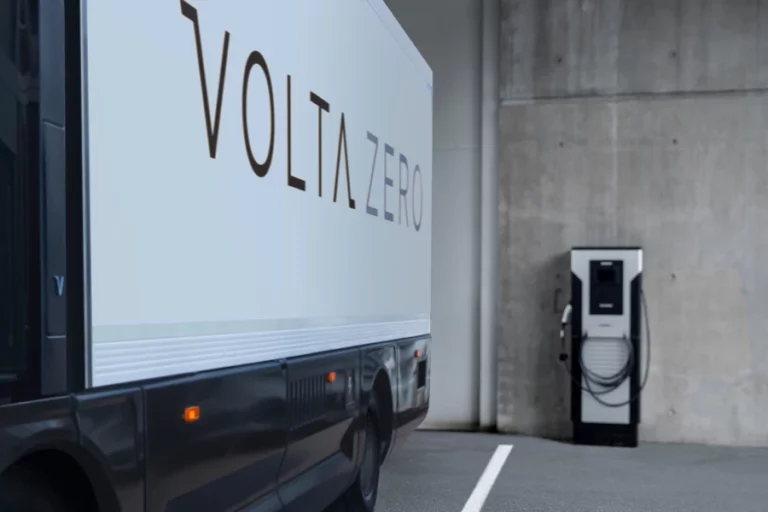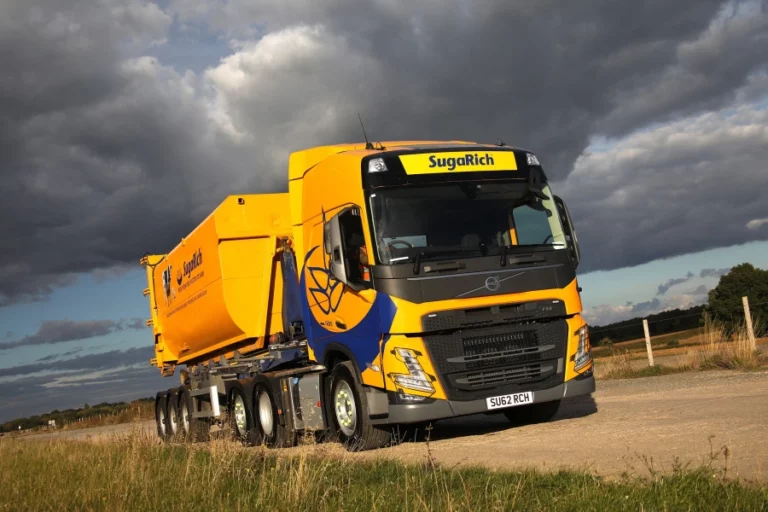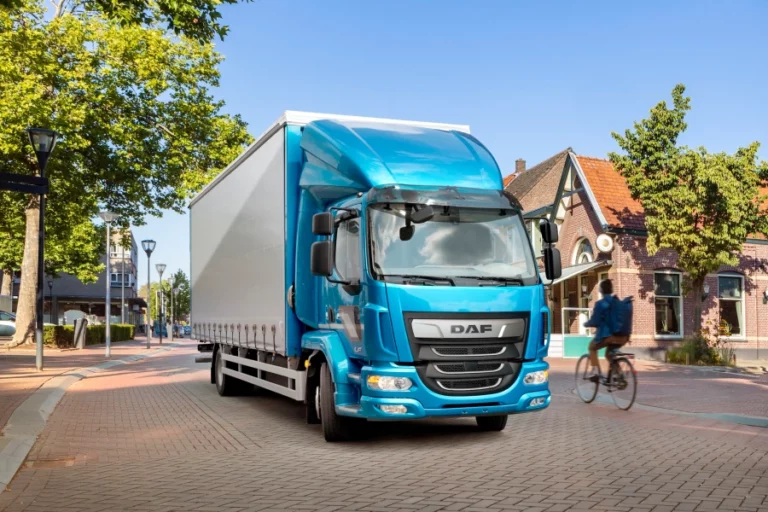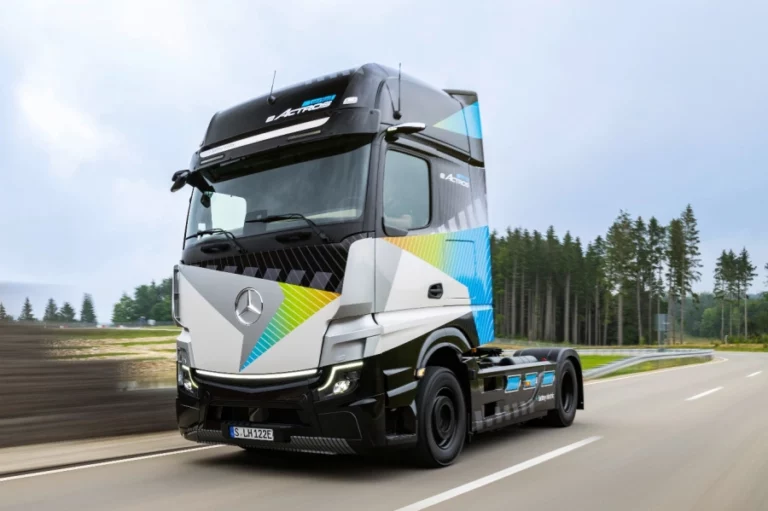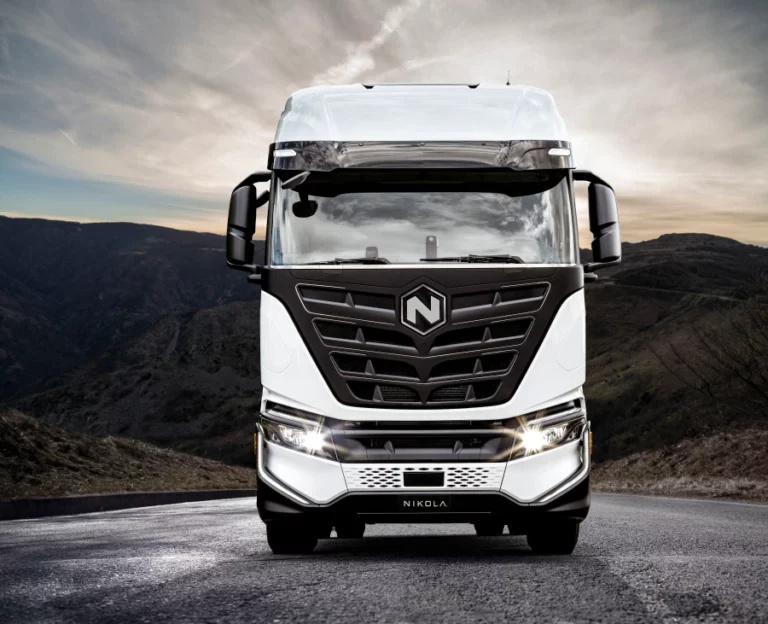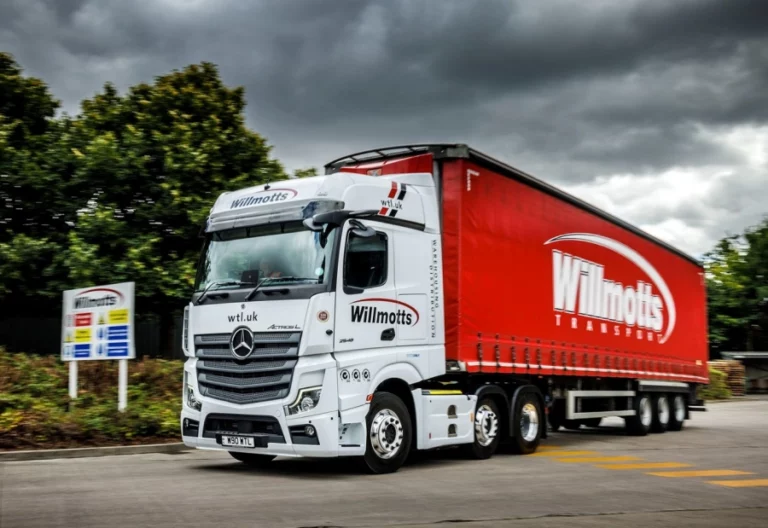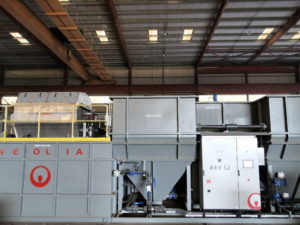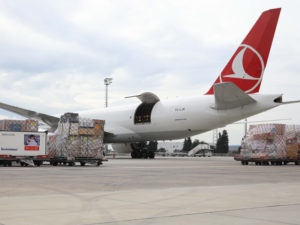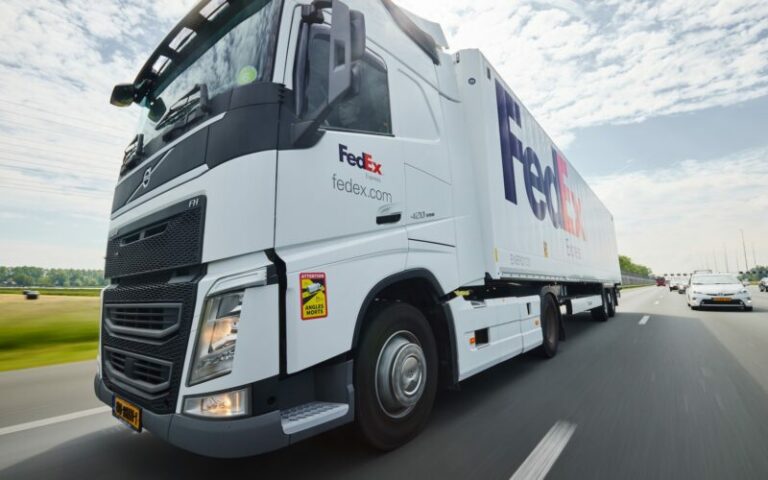A collaboration between Siemens and Volta Trucks related to commercial fleet electrification has been announced.
The two companies will partner to provide a number of initiatives and options for truck fleets.
For example, they will investigate ways of improving energy, charging infrastructure and facilities.
Specifically, Siemens and Volta will ‘delivery and scale eMobility charging infrastructure to simplify the transition to fleet electrification’.
Siemens’ experience in software control systems, energy management and building equipment will be maximised.
By doing so, Volta customers will be supported and supplied with an infrastructure that will meet their needs.
In preparation for the tie-up, Siemens launched Xcelerator in June this year.
This business platform, with IoT-ready hardware and software, will help deliver improved digital solutions for fleets.
Thomas Kiessling, CTO, Siemens Smart Infrastructure, set out the targets for the joint project.
“We intend to co-create Transportation as a Service solutions and deliver Volta Trucks’ customers higher uptime.
Continuing, he confirmed “a commitment to reliability through performance-based contracts and reduced energy expenditure”.
Siemes and Volta also said they were committed to increasing vehicle uptime through minimum expenditure.
Advanced analytical and simulation models will be used, for example, considering factors such as duty cycles, charging times and battery life.
Essa Al-Saleh, CEO, Volta Trucks, said he was delighted that Siemens and Volta Trucks would be working together.
“To deliver the electrification of urban logistics at pace and scale, we need operationally efficient electrification infrastructure,” he commented.
“In Siemens, we have a world-class partner with the innovative technical solutions our customers will expect.
“Together, we are confident that our partnership with accelerate the migration to electrification.”
The deal will also see fresh approaches to ownership, financing and servicing of trucks from Volta.
Therefore, drivers can expect to have their lives easier when moving to electric vehicles.


